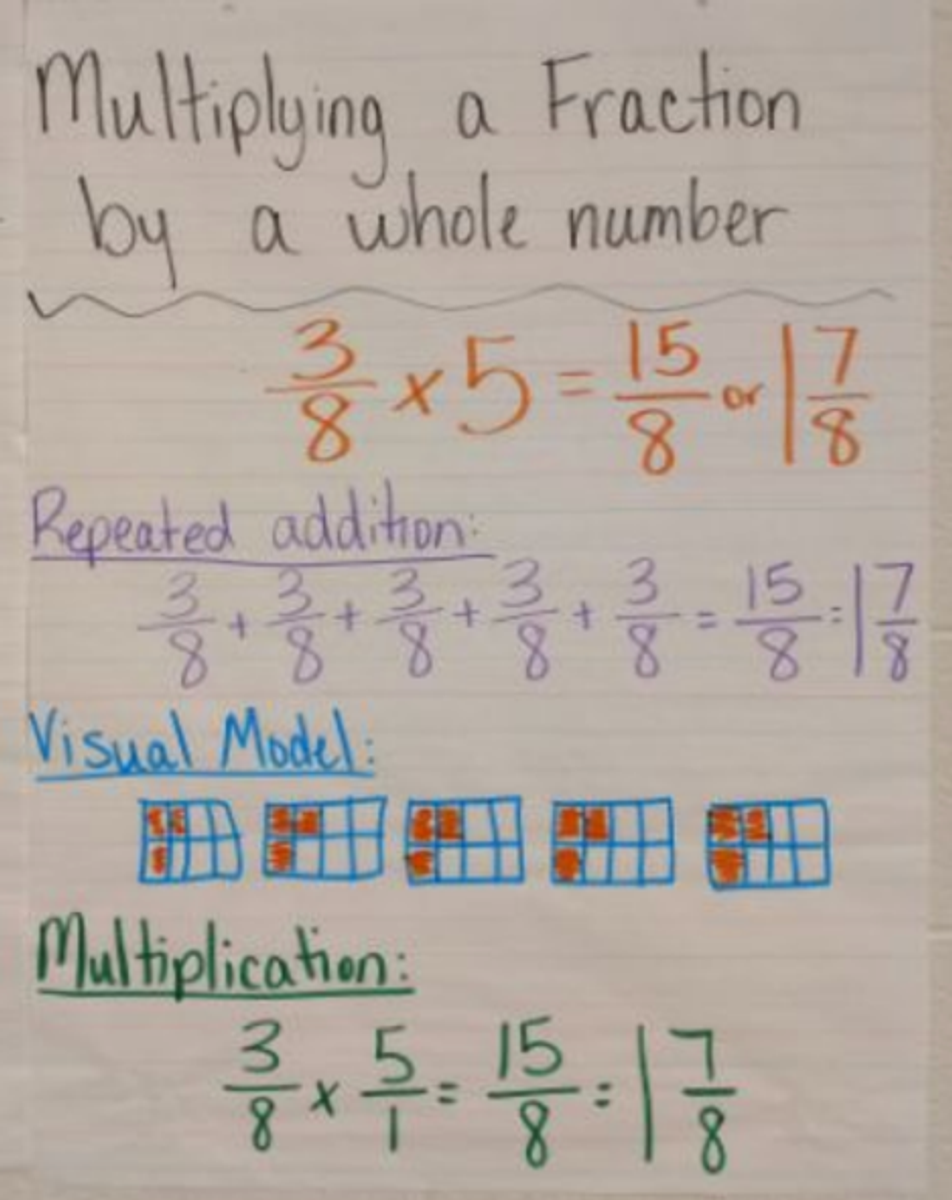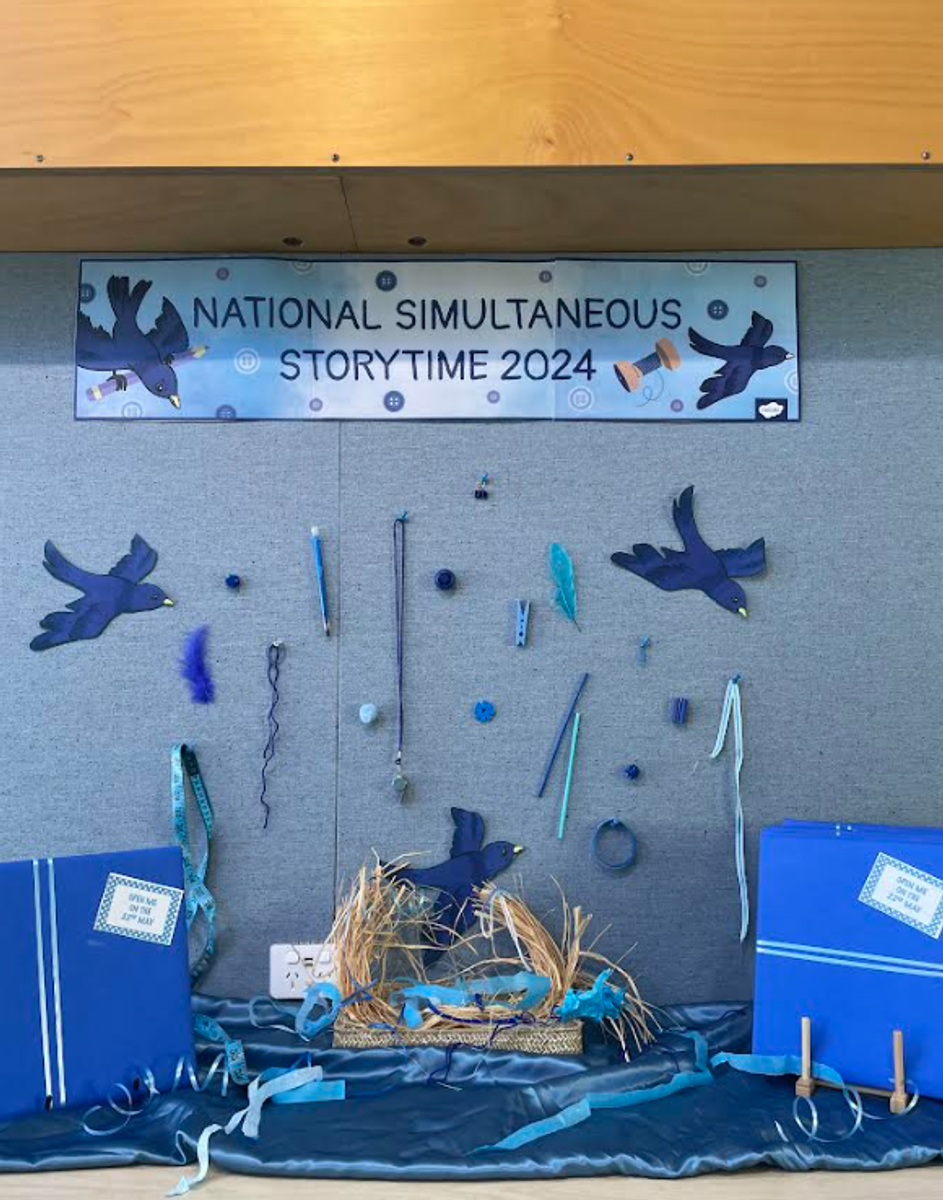Learning Enhancement

HIT #4 Worked Examples
Think of your brain's capacity as a bucket. When you're learning or doing tasks, different things fill up your bucket: like new information, trying to remember things, or solving problems. Cognitive load theory helps us understand how to manage what goes into students’ buckets effectively. If too much goes in at once, like too many complex ideas or distractions, the bucket overflows, making thinking and learning really hard! So cognitive load theory is about finding the right balance of information and activities to keep brains working at their best.
Worked Examples are a demonstration of the steps required to complete a task or solve a problem. By scaffolding the learning, worked examples support skill acquisition and reduce the cognitive load for learners. Usually, the teacher presents a worked example to students and explains each step. Later, students can revisit worked examples during independent practice, to review and embed new knowledge.
Worked examples are effective in demonstrating what success looks like, and how to achieve success. This links back to Setting Goals, HIT #1. The worked example is what the success criteria might look like. Research (Hattie, 2009) demonstrates that worked examples are most effective when the teacher explicitly teaches the steps taken to complete the worked example, and when learners use self-explanations to describe the steps to themselves and others.
Using a series of worked examples can assist teachers to scaffold student knowledge and skill acquisition. When used progressively, each new step needs to challenge the learner – but not too much and not too little. Formative assessment is used to monitor student understanding and target teaching to the appropriate level of challenge.
This strategy is demonstrated when the teacher:
• scaffolds the acquisition of new knowledge and skills by presenting students with a clear, step-by-step example
• designs worked examples that are easily understood and unpacks the learning process
• monitors student learning and supports students to move towards more independent practice.
This strategy is demonstrated when students:
• are engaged and on task because the worked example is pitched at the right level of challenge
• understand that the focus is on understanding the process required to complete the task
• can move with confidence from using worked examples to independent practice.
The effectiveness of worked examples is related to the teacher’s expertise in using a visual prompt to support spoken instructions and explanations, and learners’ relative expertise with the concept or skill. Reliance on worked examples decreases as learners’ proficiency increases.
EXPO
The Term 2 EXPO is a celebration of the History and Geography work done in all classes F-6 this semester. We invite parents, families and significant adults to join the celebration and take a look at what students have created as evidence of their learning. Each class will have displays so come along, ask questions and congratulate our students on a job well done.
The EXPO is on Friday 14th June in Week 9 and will follow the morning assembly. Hoping to see you there.
Regards & thanks
Jen McKillop, Eloise Liddell & Jess Moodie
Library
Library News
Book Club Issue #4 catalogue will be sent home next week. Closing date for orders is Tuesday 11th June.
We currently have 95 library books that are OVERDUE! Could students and families please look for these and return them to the library. We would like to see no missing books this year.
Congratulations 1/2 Jondahl for having 0 overdue books.
ICAS Letter





